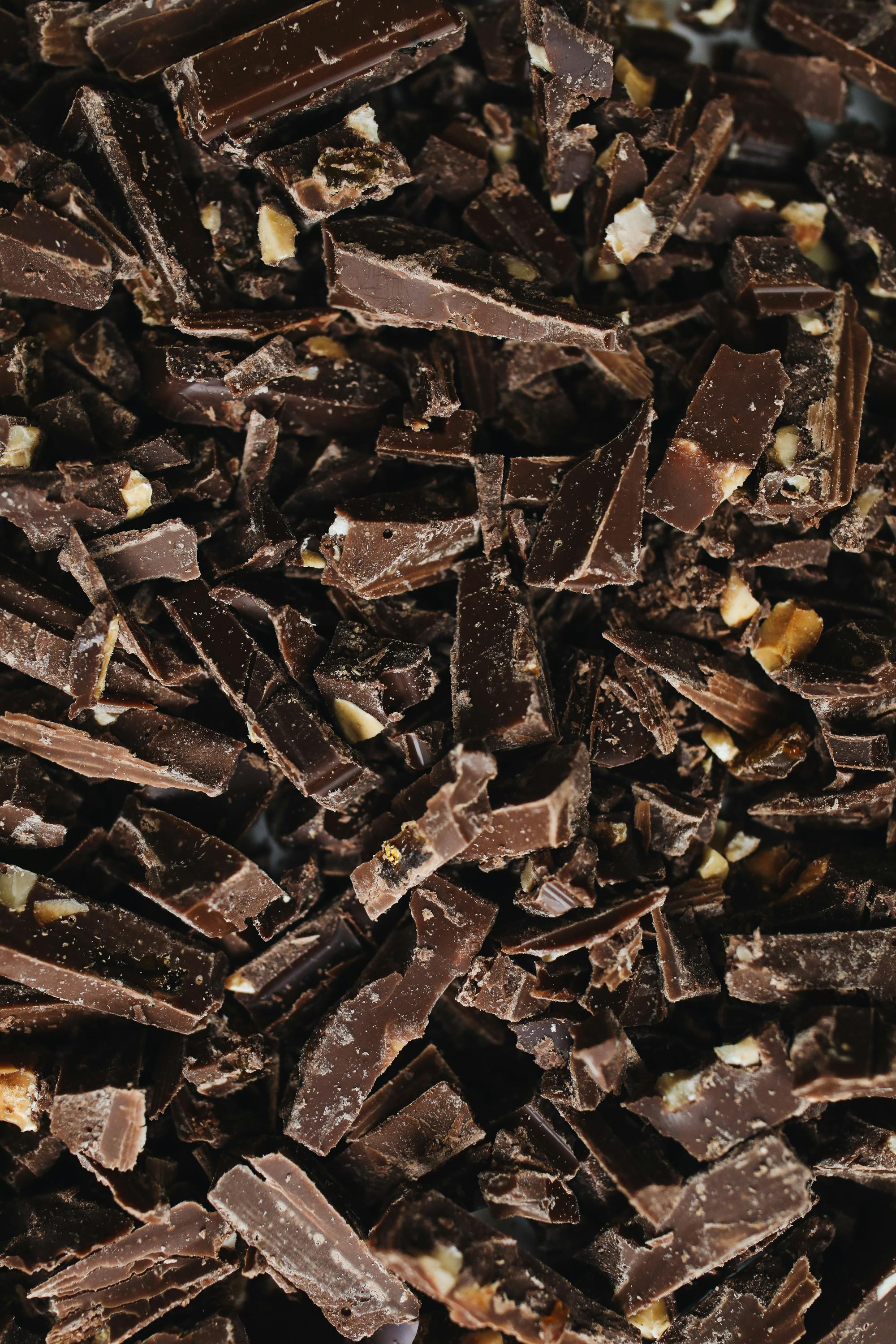Staubläuse Bisse: Understanding the Tiny Invaders
Staubläuse, or dust lice, are small creatures that often invade our homes, particularly during the warmer months. Knowing how to identify them, their habits, and how to deal with their presence can help you maintain a comfortable living environment. In this article, we will delve into the world of too much information about staubläuse bisse, exploring their characteristics, behavior, and effective control methods.
What Are Staubläuse?
Staubläuse, commonly known as dust lice, belong to the order Psocoptera. These tiny insects, generally measuring between 0.5 to 1.5 mm, are often mistaken for bed bugs or small flies due to their size. Their coloration can range from pale yellow to dark brown, and their soft bodies are covered with fine hairs, giving them a slightly fuzzy appearance. Staubläuse thrive in humid environments and are commonly found in areas like basements, bathrooms, and kitchens. Their diet consists primarily of mold, algae, and organic debris found in dusty corners.
Identifying Staubläuse
Identifying staubläuse is crucial when addressing an infestation. Look for these tiny pests typically in damp or dusty areas. Their presence may be noted by tiny black or dark spots, which are often their feces. Unlike other house insects, staubläuse do not bite or pose a direct threat to humans or pets, but their presence can be alarming. If you spot them in large numbers, it’s a signal to take remedial action to manage their population. Here’s an image to help you identify the dust lice:

Behavior and Habitats
Staubläuse are nocturnal creatures, preferring to remain hidden during the day. They are commonly found in dark, damp spaces, such as underneath furniture or behind appliances, where moisture is prevalent. Understanding their behavioral patterns can help prevent their infestation in your home. Since they are attracted to areas with high humidity, maintaining a dry environment is essential. Regular cleaning and reducing humidity can minimize their chances of settling in your home.
How to Manage and Control Staubläuse
Managing staubläuse requires diligence and a few practical steps to reduce their impact in your living space. Here are several effective strategies to control and prevent an infestation.
Maintaining Low Humidity
Since staubläuse thrive in humid conditions, one of the best methods to manage them is to keep humidity levels in check. Using dehumidifiers, especially in damp areas such as basements and bathrooms, can significantly deter these pests. Additionally, ensure proper ventilation by using exhaust fans and opening windows when possible, as this helps reduce moisture buildup.
Regular Cleaning Habits
Regular cleaning is vital for controlling dust lice. Dust and vacuum areas where these pests are likely to accumulate, paying special attention to corners, under furniture, and behind appliances. Use a vacuum cleaner with a HEPA filter to effectively trap the tiny dust lice and their eggs. Also, wash bedding and curtains frequently, as they may harbor these insects. Check out this image of staubläuse to see where they might be hiding:

Using Insecticides and Natural Remedies
If preventive measures do not suffice, consider applying insecticides designed for indoor pests. Always follow the manufacturer’s instructions and ensure the product is safe for indoor use. Alternatively, natural remedies such as diatomaceous earth or essential oils like tea tree oil can help repel staubläuse. They create a hostile environment that prevents these pests from thriving. When applying any treatment, ensure you have a clear understanding of the best practices for safety and effectiveness.
When to Seek Professional Help
If your efforts to manage staubläuse don’t yield results or if you are dealing with a severe infestation, it’s advisable to call in pest control professionals. They have the expertise and resources to effectively eliminate these pests and offer advice on preventive measures tailored to your specific situation.
Signs of Serious Infestation
Look for indications that your staubläuse issue is escalating. Common signs include finding them in unusual places, noticing increased quantities of their droppings, or even observing them during the day when they are usually hidden. If these warning signals appear, it’s essential to take immediate action to avoid further complications.
Long-Term Prevention Tips
Preventing a staubläuse re-infestation involves adopting long-term strategies alongside immediate actions. This includes continued moisture control, maintaining cleanliness, and inspecting new items before they enter your home, such as furniture or boxes. Additionally, sealing cracks and gaps in your home can help eliminate hiding spots for these pests. Maintaining this vigilance ensures that your home remains staubläuse-free.
Key Takeaways
- Staubläuse are tiny pests thriving in humid conditions, primarily feeding on dust and mold.
- Identifying their presence and maintaining low humidity will help control their populations.
- Regular cleaning and the use of insecticides or natural remedies can manage infestations effectively.
- Seek professional help if signs indicate a significant infestation.
- Long-term preventive measures are essential for keeping your home staubläuse-free.
FAQ
1. Are staubläuse harmful to humans?
No, staubläuse are not harmful to humans or pets. They do not bite and do not pose any direct health risks. However, their presence can indicate high humidity levels and may be unappealing to some homeowners.
2. How can I tell the difference between staubläuse and other pests?
Staubläuse are small, soft-bodied insects, usually less than 1.5 mm long, and are often found in damp areas. Unlike bedbugs or fleas, they do not bite or cause irritation. Recognizing their unique behavior and appearance can help you identify them accurately.
3. What should I do if I see a lot of staubläuse?
If you observe a significant number of staubläuse, undertake immediate cleaning efforts to remove dust and reduce humidity. If the problem persists, consider using insecticides or consulting a pest control professional for comprehensive management.
4. Do staubläuse come from outside?
Yes, staubläuse can enter your home from outside, often through open windows or doors. They may also hitch a ride on plants, furniture, or materials brought indoors. Keeping your home clean and sealed can help prevent their entry.
5. Can pets bring staubläuse into the home?
No, staubläuse do not infest pets or livestock. They are not parasites and do not rely on animals for survival. However, pets can inadvertently bring them in from outside or through infested objects.
